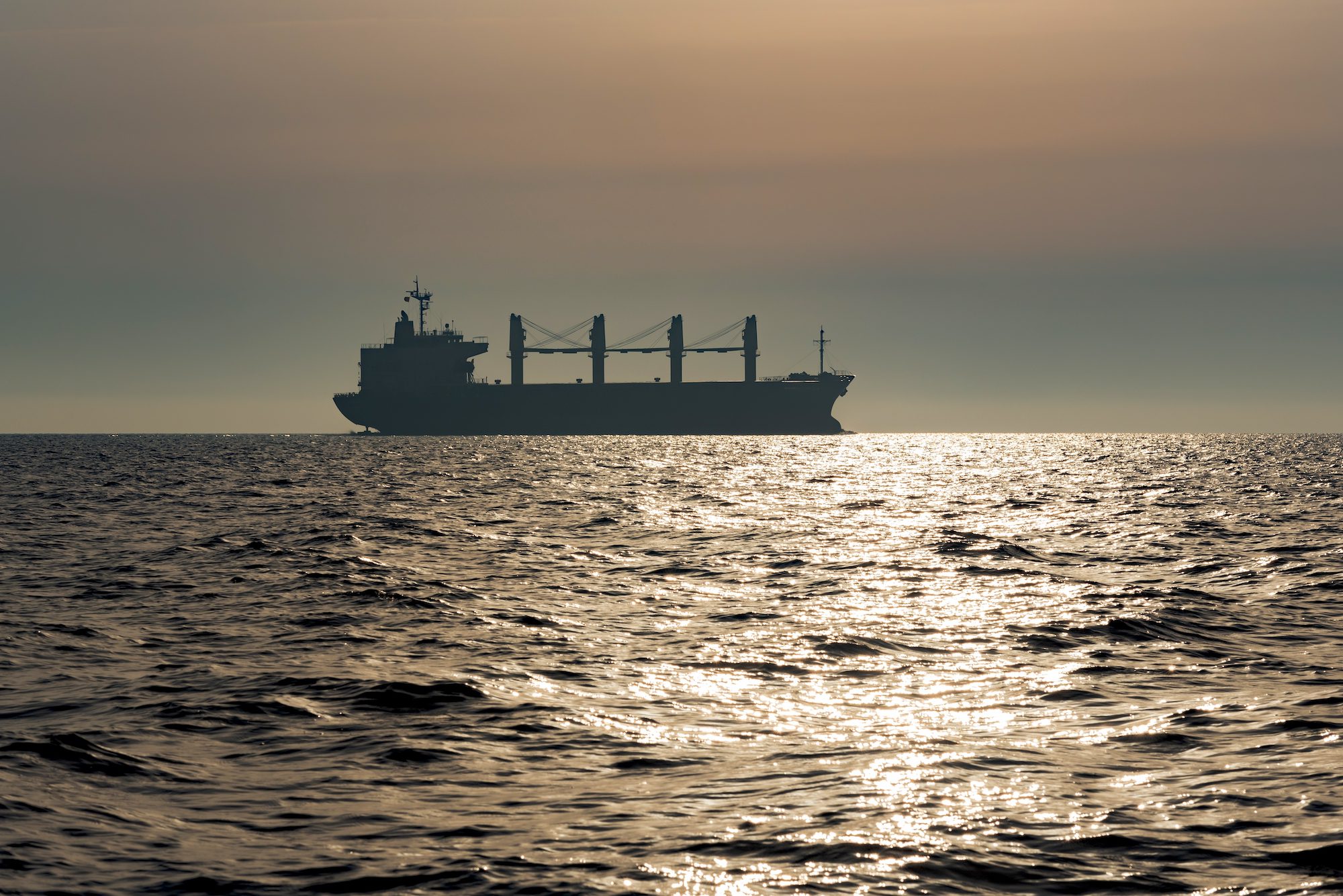The container ship COSCO Development is seen as it becomes the largest vessel in dimension and capacity to transit the Expanded Panama Canal at Agua Clara locks, on the outskirts of Colon City, Panama May 2, 2017. REUTERS/Carlos Lemos
By Rebecca Spalding (Bloomberg) — Southern ports are experiencing a record foreign trade boom thanks in part to an expanded Panama Canal that permits Asian cargo ships to reach them more easily.
Georgia Ports Authority and the Port of Virginia, which include the nation’s fourth and fifth largest ranked by volume, respectively, each moved the most cargo they have ever handled in May. The two ports posted more than 10 percent year-over-year volume growth for the month.
They aren’t alone. South Carolina Ports Authority, which includes Charleston, had its best ever month in March and overall volume from last July through May is up 9.4 percent compared to the previous July to May period.
“We’ve candidly been surprised by the strength of the volume growth for the first part of this calendar year. January through April has been very strong,” said Jim Newsome, president and chief executive office of South Carolina Ports Authority, in a telephone interview.
The uptick in foreign trade throughout the region comes thanks in part to last June’s widening of the Panama Canal, which allowed the larger vessels that shipping lines favor to travel between Asia and the eastern seaboard through the passage. Previously, ports on the West Coast, which include the nation’s largest by volume, typically handled such ships.
The expansion also coincided with a population boom that has made the south home to 10 of the 15 fastest growing cities, according to the U.S. Census Bureau, meaning there is a growing market for goods being imported. At the same time, manufacturing growth throughout the south means shipping lines also can pick up American-made exports to transport abroad.
A more even trade balance compared to West Coast ports, which rely more heavily on imports, is an attractive draw for shipping firms considering southeastern ports, according to Moody’s Investors Service analyst, Moses Kopmar.
“The population growth is among the strongest in terms of the regions of the U.S., it’s where the majority of recent and new manufacturing activity is located, and you have relatively good import, export trade balances,” Kopmar said.
© 2017 Bloomberg L.P

 Join The Club
Join The Club











